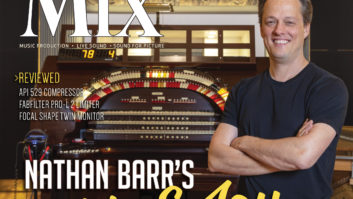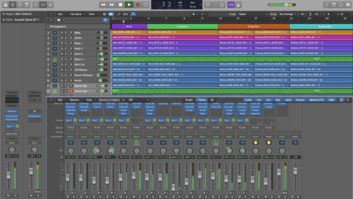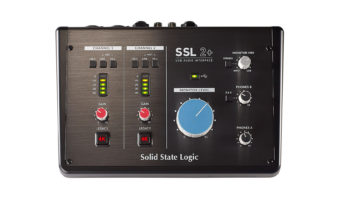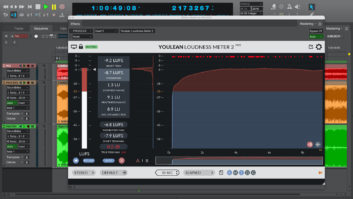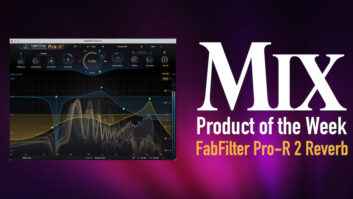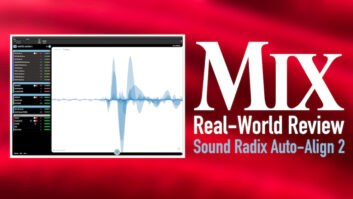To say I’m a fan of FabFilter plug-ins is an understatement. I use the company’s Pro-Q 2 equalizer and Pro-MB multiband plug-ins on virtually all of my projects. So I was particularly enthused to test-drive Pro-L 2, the new and improved version of FabFilter’s Pro-L mastering limiter plug-in.
Pro-L 2 adds a boatload of new features to its predecessor’s set: four additional and outstanding limiting algorithms, surround support (up to 7.1.2 Dolby Atmos, with channel linking), true peak (brickwall) limiting, extremely comprehensive loudness metering, up to 32x oversampling, helpful display enhancements, DC-offset filtering, external sidechain triggering, unity-gain monitoring (useful for comparisons of input and processed signals), and an Audition Limiting option that lets you hear the plug-in’s delta signal (applied gain change in isolation). The new Pro Tools AAX version includes an AudioSuite option that analyzes the processed audio without rendering it.
Pro-L 2 is available in multiple formats for macOS and Windows: 64- and 32-bit VST, VST3, AU, AAX Native and AudioSuite; and 32-bit RTAS. I reviewed the 64-bit AU plug-in in Digital Performer 9.5 using an 8-core Mac Pro running macOS 10.9.5.

When browsing Pro-L 2’s presets, it’s helpful to keep the Lock Output button engaged so that your current Gain, Output Level (ceiling), DC Offset Filtering, Unity Gain, True Peak Limiting, Oversampling, Dithering and Noise Shaping control settings are preserved for all patch recalls. Once you’ve found a preset that sounds close to what you want (or recalled the plug-in’s default state), open the GUI’s Advanced control panel to recall a different limiting algorithm (eight are available in the panel’s Style menu); adjust respective rotary controls for lookahead, attack and release times; and set channel-linking amounts for the limiter’s transient and release phases (see image above). During the transient phase, the limiter responds to short-lived peak levels. In the release phase, it reacts to the average dynamics of audio input. To push the limiter harder (increasing gain reduction), raise the vertical (input) Gain slider on the left side of the GUI.
Review: FabFilter Pro-Q 2, by Michael Cooper, April 1, 2015
The Style menu’s eight program-dependent limiting algorithms deliver a wide range of processing flavors, from transparent to bold. The Transparent algorithm avoids pumping and coloration. Punchy causes pumping and works great on single tracks. Dynamic enhances transients before limiting is applied, preserving detail and punch. Allround strikes a balance between achieving loudness and preserving transparency. Pro-L 2’s four newest algorithms add to the party: Modern (L 2’s new default) is highly transparent and natural-sounding, even with very high loudness at output; Aggressive approaches clipping; Bus provides glue and pumping tailor-made for drum subgroups and individual tracks; and the distortion-free Safe algorithm is meant for processing delicate acoustic instruments.
As you work with Pro-L 2, a large waveform display at the GUI’s center illustrates the plug-in’s real-time I/O levels in light (input) and dark (output) blue, optionally scrolling at your selected speed or accumulating in place at ever increasing density. The audio’s loudness level (post-processing) over time is indicated by a thin, gray trace that turns red when loudness meters are enabled in a side panel. A red trace at the top of the display shows the gain-reduction history over time, the most significant GR events automatically labeled with decibel readouts—a fantastic complement to the legacy max-peak readout on Pro-L 2’s GR meter.
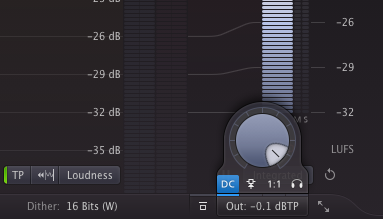
Controls situated along the GUI’s bottom margin (some nested in menus) let you enable true peak limiting (preventing inter-sample overshoot); select the oversampling multiple (up to 32x, or off); tune optional dither to numerous bit depths, using one of three noise shaping options, at Pro-L 2’s output; change the meters’ scaling; link any plug-in parameter to a MIDI controller, using MIDI Learn protocol; bypass and/or resize the plug-in; adjust the limiter’s output level (by setting a ceiling); and independently enable the previously mentioned unity-gain monitoring, DC-offset filter, Audition Limiting and external sidechain triggering (see image above). Click on the Meter Scale button and select Loudness in the drop-down menu that appears to open a panel that contains comprehensive loudness meters on the right side of the GUI.
Along the GUI’s top margin are controls for undo, redo, A and B workspaces, preset management, the Lock Output function, interactive Help and full-screen operation. Happily, Pro-L 2 can open Pro-L 1 presets, and both versions of the plug-in can co-exist in your DAW. Pro-L 2 supports Pro Tools hardware control surfaces.
Want more stories like this? Subscribe to our newsletter and get it delivered right to your inbox.
On the GUI’s right side, five types of vertical bar-graph meters show—with RMS and peak ballistics at once—levels for output, gain-reduction amount, and (when the loudness meters’ side panel is opened) loudness using short term, momentary and integrated time scales, topped by accumulating numeric readouts. (You can choose to see either a max Momentary or max Short Term readout when the Integrated meter is selected to be the largest loudness meter.) Select among numerous meter scales (including K System) and enable true (inter-sample) peak metering per ITU-R BS.1770 and EBU R128 standards. Any changes to meter parameters are automatically saved as the default setup for subsequent instantiations. Nice!
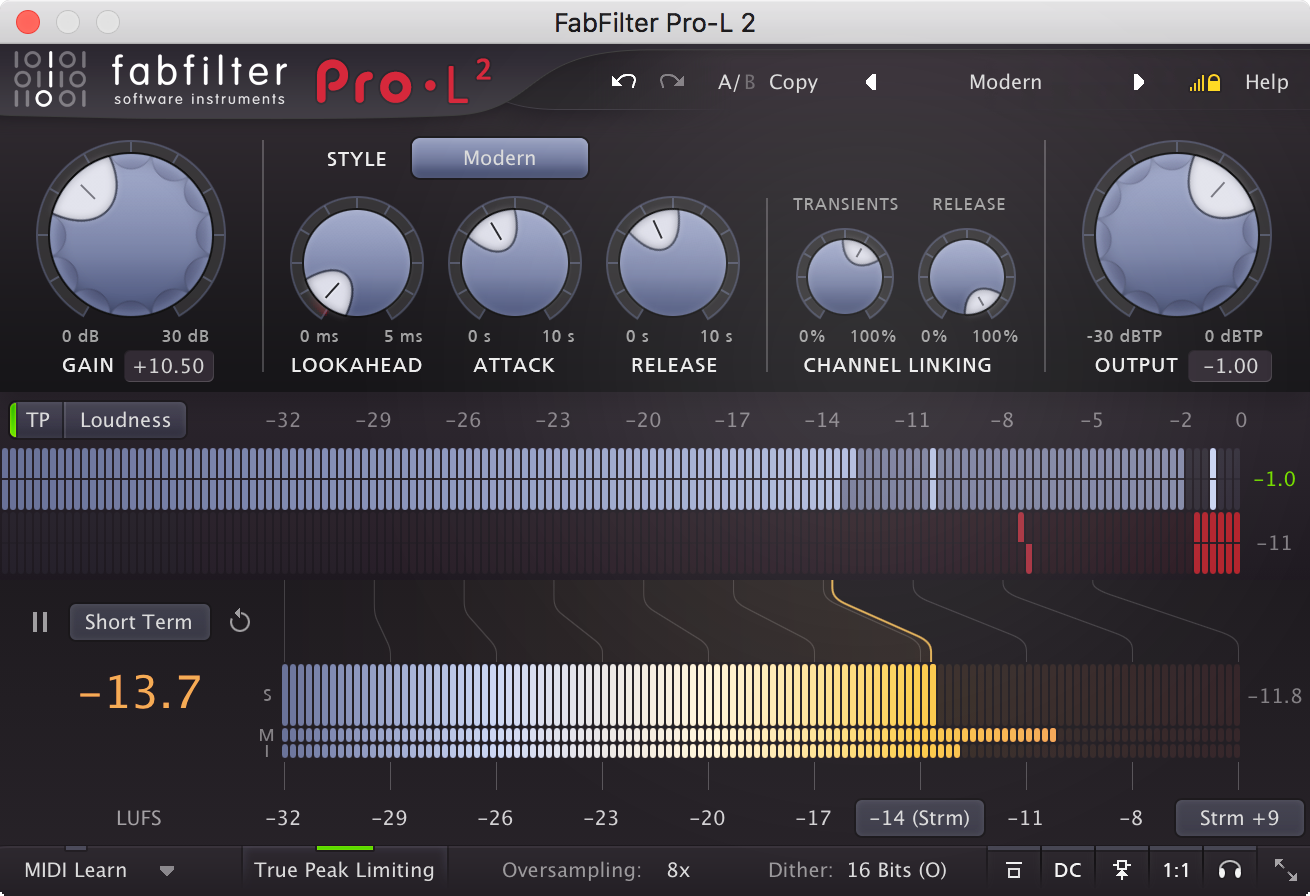
Click the Loudness Meter Target button to set a marker in the meter for the limiter’s desired target level in LUFS. (Hint: raise the limiter’s Gain slider until the Integrated meter’s reading attains your chosen target level; see the Try This sidebar.) Click the Loudness Meter Scale button to display either +9 or +18 LU above the loudness target level you chose. A numeric readout below the loudness meters indicates the loudness level for the time scale you’re using. When Integrated time scale is selected, a loudness range indicator (labeled “LRA”) appears to the left of the loudness meters, showing the extent to which loudness has varied over time per EBU R128.
Pro-L 2 supports all major surround formats from 3.0 to 7.1 and (currently in the AAX plug-in only) Dolby Atmos 7.0.2 and 7.1.2. The plug-in’s GUI changes automatically to surround configuration upon instantiation on a surround channel: The output-level meters show levels for all channels, and the operational range for channel-linking controls expands to allow adjusting the degree of linking either between corresponding left and right surround channels (including center channels or not, as you wish) or among all channels (including the LFE channel or not).
FabFilter Pro-MB: Groundbreaking and Intuitive Multiband Dynamics Plug-In, by Michael Cooper, March 1, 2014
Pro-L 2 is a superb maximizer for mastering music. I love the new Modern algorithm; it sounded a little warmer—dare I say, more analog—than the legacy Transparent algorithm, while remaining equally immune to amplitude modulation. Transparent made bass guitar sound slightly more present and sub-bass dynamics pop a little more, however, which sounded very flattering on some tracks. The Dynamic algorithm sounded terrific on rock tracks, making drum strikes pop and snares and cymbals sizzle; setting a slow attack time kept the bottom end sounding suitably tight. The new Aggressive algorithm sounded more dramatic still on raucous rock tracks, hyperventilating transients ever so slightly without sounding obviously processed.
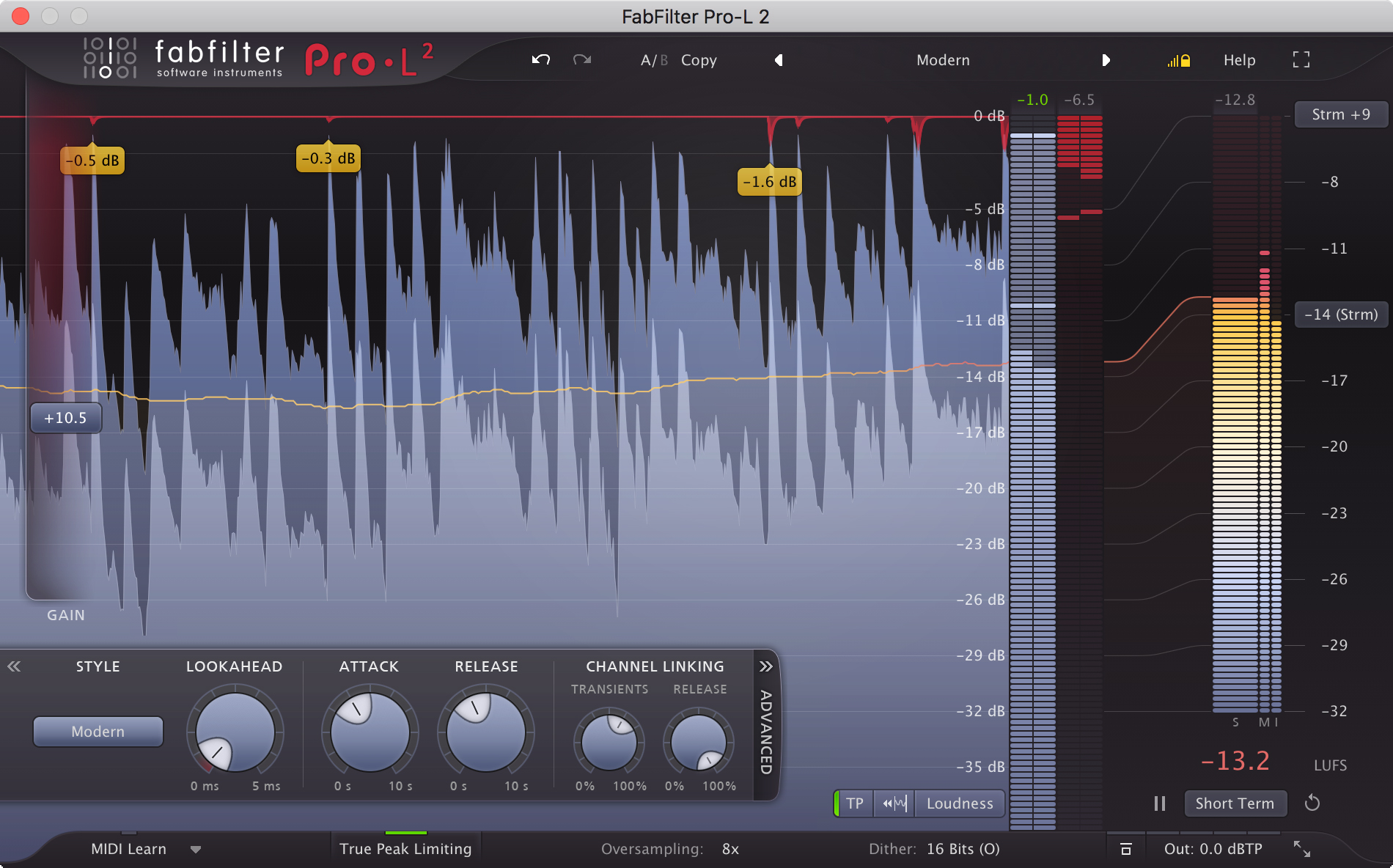
Pro-L 2 also sounded terrific on select vocal and instrument tracks. The Punchy algorithm smoothly reined in dynamics on an excessively dynamic rock vocal without squashing the life out it. Several of the algorithms sounded excellent on strummed acoustic guitar, producing sounds ranging from Windex-clean and rock-steady (Safe) to pumping beautifully (Bus). Bus, using 0 ms attack and release times and no lookahead or channel linking, jacked up room ambience on room mics for drums beautifully when pushed to extremes (producing 14 to 17 dB of GR on peaks).
The only minor detraction was that with very deep gain reduction (exceeding that used in mastering applications), active and bypassed levels didn’t always sound equal with Unity Gain engaged. But I nitpick. Bottom line: Pro-L 2’s outstanding sound quality, adaptable character, deep feature set and excellent GUI make it the limiter plug-in to beat. Two thumbs up!
Product Summary
Company: FabFilter
Product: Pro-L 2
Website: www.fabfilter.com
Price: $199 (upgrade pricing available)
Pros: Sounds fantastic. Versatile. True peak limiting. Comprehensive loudness metering. Extensive surround support. Helpful monitoring features. Superb GUI.
Cons: With very deep gain reduction, Unity Gain doesn’t always produce comparable active and bypassed levels.
Try This
To comply with loudness and true-peak specs for specific broadcast, streaming and theater applications, set Pro-L 2’s Loudness Meter Target to the required level (for example, -23 LUFS for satisfying the EBU R128 standard) using the Integrated time scale. Activate True Peak Limiting and True Peak Metering. Set the Output (ceiling) control to comply with the required true peak spec (for example, -1 dBTP). Then raise the Gain slider until the Integrated meter reading attains your chosen Loudness Meter Target.
Michael Cooper ([email protected]) is a recording, mix, mastering and post-production engineer and a contributing editor for Mix magazine.
